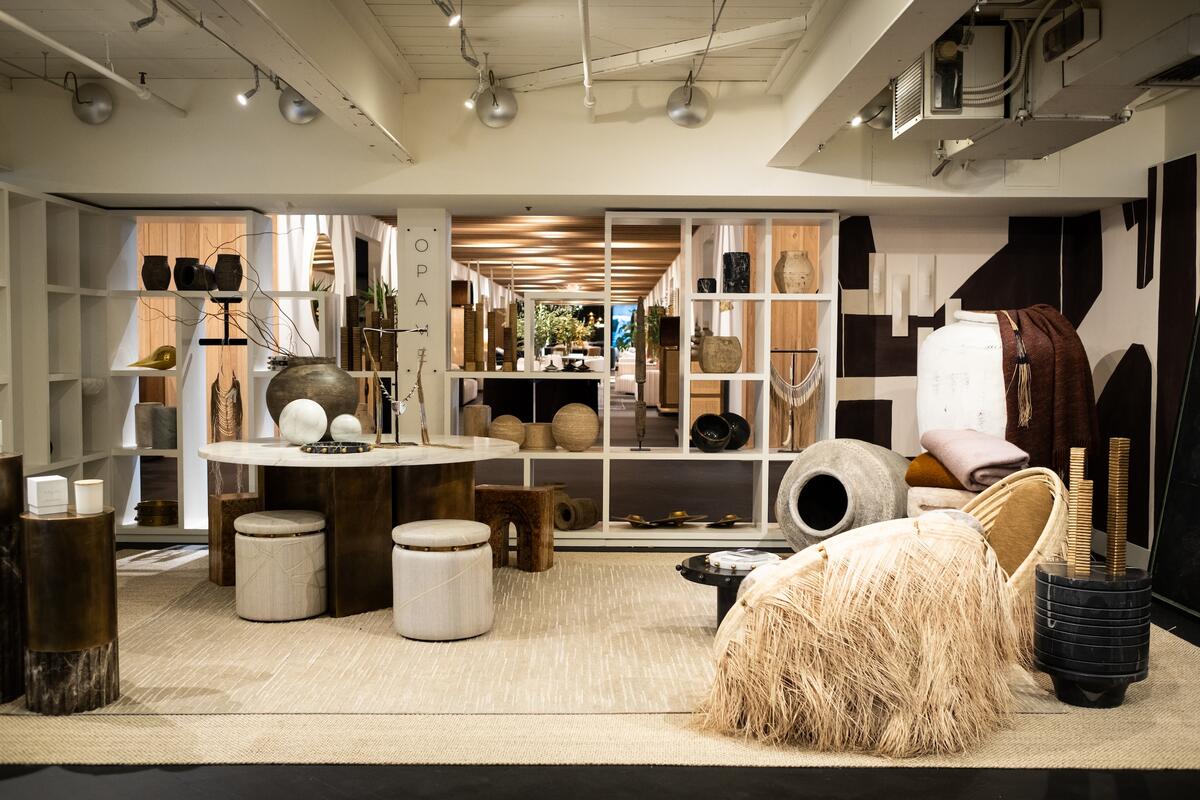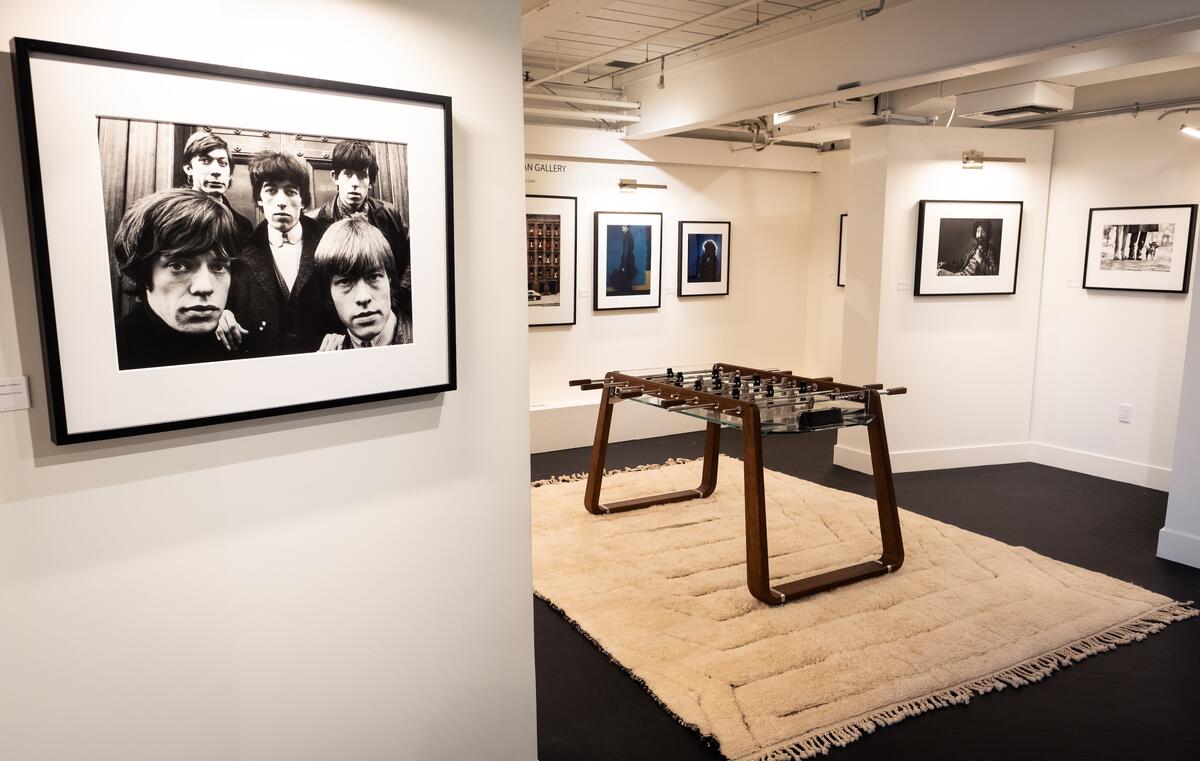Last week brought news of yet another fashion brand’s entrée into the home sector. This time, it’s Fred Segal Home, which has debuted its first showroom at the HD Buttercup Design Center in Culver City.
The iconic 63-year-old West Coast retailer has been known for pioneering concepts like the shop-in-shop, the pop-up and brand incubation. Its indelible influence on American fashion has ranged from dressing Elvis Presley in the 1960s to providing a launch pad for brands like Kate Spade and Juicy Couture in the ’90s. Now, design industry veteran Keith Granet and marketing strategist Blair Carlton have conceptualized Fred Segal Home as the brand’s next foray.
“I’ve heard from so many people, ‘Fred Segal is always my first stop in L.A.,’” says Granet, who is also the CEO of design management platform Studio Designer and the co-founder of the Leaders of Design Council. “It’s an iconic place where people know they can go and explore and find something they can’t get anywhere else. The original concept of Fred Segal was for brands to have a space of their own inside the larger store, and we want to follow that model and give space and attention to people who have beautiful products.”

Granet first thought of the concept for Fred Segal Home over a decade ago and approached Michael Segal, the founder’s son, but the idea didn’t interest him. Then, in 2018, Granet’s friend Jeff Lotman, the founder of brand licensing company Global Icons, bought Fred Segal. Lotman, who has big plans to expand the brand globally, agreed to license the name to Carlton and him. “I thought, ‘Now is the time to try this,’” says Granet. “Something unique and different is needed in the marketplace.”
It’s that perspective that Granet and Carlton are betting on with Fred Segal Home. Unlike other fashion brands in the home space, like Banana Republic Home or Fendi Casa, Fred Segal Home isn’t tethered to a single aesthetic; instead, it focuses on a curatorial, incubatorlike approach. “There’s never been a discernable Fred Segal look—its success has always been about the collection of brands it showcased,” says Granet. “If someone can get a piece down the street, we don’t want to sell it.”
The inaugural collection encompasses furniture, lighting and decor presented in dedicated vignettes from home brands like Artemide, Kravet, Opame Collective, Hickory Chair, Roll & Hill, Erin Talgo Trading, Ochre, and Canvas Home, with art from Peter Fetterman Gallery. In the spirit of Fred Segal’s founding vision, they’ve also peppered in some unexpected vendors, like high-end Pilates machine maker Frame Fitness, luxury gaming-table brand Impatia, and a crystal purveyor called Gem & I. “We had to have some crystals. It’s Los Angeles—everyone loves them,” jokes Granet. “They’re probably our biggest seller at the moment.”

Part of his and Carlton’s vision was to not rely too heavily on selling furniture, but instead focus on decorative accessories and unique pieces that designers wouldn’t find in a neighboring showroom. “We may not have dozens of sofas, but we have a $26,000 ping-pong table,” says Granet. “We’re not price-sensitive, but Fred Segal never has been. In the ’60s, people who shopped at the original store were paying $300 for a pair of jeans. We’re not worrying about prices. It’s about curating the cool, the hip and the beautifully made.”
Granet says that the design trade will be a core focus for Fred Segal Home. “We believe that the trade is our best client. I have a motto: ‘Wouldn’t you rather have one customer that buys 100 sofas than 100 customers that buy one sofa?’ That’s what makes the trade such a valuable customer—they’re a sustaining customer. We want to be a great resource for them.”
Looking forward, the partners are eyeing a second location in New York, potentially in 2027, though they want to give the Los Angeles showroom a chance to stand on its own first. The retail store is also growing, with new locations opening up along the West Coast and in Asia, and Granet foresees a possibility for joint ventures in the future: “If this takes off the way we hope it will, we’ll definitely be looking at expansion.”





























